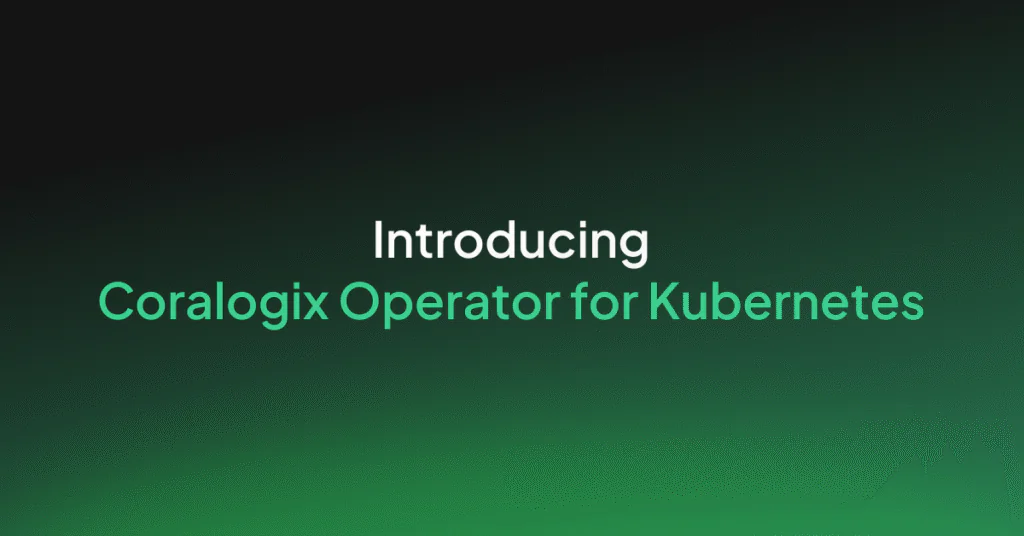Kubernetes: Tips, Tricks, Pitfalls, and More

If you’re involved in IT, you’ve likely come across the word “Kubernetes.” It’s a Greek word that means “boat.” It’s one of the most exciting developments in cloud-native hosting in years. Kubernetes has unlocked a new universe of reliability, scalability, and observability, changing how organizations behave and redefining what’s possible.
But what exactly is it?
Kubernetes at a high level
Kubernetes is a “container orchestration” platform that will host and manage applications for you. If your company has a website, Kubernetes can host it. If you have a complex suite of microservices running on different unmonitored infrastructure pieces, Kubernetes can handle that too. It’s a scalable method for hosting and monitoring the applications that make up your technical estate.
What makes Kubernetes so powerful?
Kubernetes has taken pride of place amongst hosting solutions for a simple reason. It is both incredibly flexible and straightforward to use. If you need to bake custom functionality into your Kubernetes platform, you can. You can write the code from scratch and plug it in, and Kubernetes will accept it with open arms. However, if you don’t need any clever functionality, Kubernetes comes with a collection of simple default behaviors that handle most cases.
This allows you to turn the dial on when it comes to complexity. Do you want something that works out of the box? Kubernetes can do that. Do you need complex, custom behavior to drive your product? Well, that’s there for you too.
What skills do you need to work with Kubernetes?
Kubernetes is written in Golang, and while you don’t need to be an expert in using the platform, sometimes the Kubernetes engine will spit out some Golang specific errors, and understanding those errors will help to speed up your debugging.
You’ll definitely need to understand YAML syntax. Kubernetes offers a declarative API that primarily works with YAML, although JSON is available if you want it. You should get very comfortable with YAML because you will be working with it a lot. This has given rise to many Kubernetes experts describing themselves facetiously as “YAML Engineers.”
Finally, you’re going to need some cloud skills. Many of the problems that arise when you’re getting started with Kubernetes often have nothing to do with Kubernetes but the underlying infrastructure you’ve set up to host it. This underlying infrastructure will form the bedrock of your platform and needs to be completely sound.

But what benefit do you get for all of that?
The benefit of Kubernetes is enormous if done correctly. Kubernetes is the foundation of your engineering platform, but what does an engineering platform offer?
Consistent logging, monitoring, and alerting
Observability is a huge engineering challenge for many teams who are building new software. A common problem is tool sprawl, there lots of teams will come up with many different ways of solving the same problems with different tools. Using Kubernetes observability, you can install tools into your Kubernetes cluster that automatically work with any new workload that your engineers deploy. This will remove the concern from engineering teams, enabling them to focus on the problems they’re trying to solve.
Self-healing and failure tolerance
Kubernetes will monitor the health of all of your applications and, if they fail, will automatically restart those instances. It will keep doing this repeatedly until your instances are healthy. It will also keep an audit trail of which restarts have happened and why. It will also retry failed CronJobs and more.
This functionality often takes months to implement in traditional cloud architectures and years in an on-premise environment. With Kubernetes, this comes for free and out of the box.
Consistency across teams
When teams implement different solutions across the organization, it becomes difficult for operations or support colleagues to navigate these tools. With Kubernetes, your teams are all talking the same language (probably YAML), making the learning curve much easier for people across multiple teams.
This consistency doesn’t just make support easier. Now teams can share ideas using a shared framework. They can write tools and libraries that interface with Kubernetes and suddenly share them with every other team. The composability of Kubernetes is a direct driver for collaboration and effective engineering between teams.
There’s a lot to cover…
Kubernetes has grown into a vastly exciting space. We’ve only discussed the benefits of so many features, tips, and tricks, but pitfalls too. Remember this – Kubernetes is your foundation, your base. It gives you all the raw materials you need to build a fantastic engineering ecosystem. With all these features and tools at your fingertips, you’ll be surprised at what you can achieve with a fully functional Kubernetes cluster.




